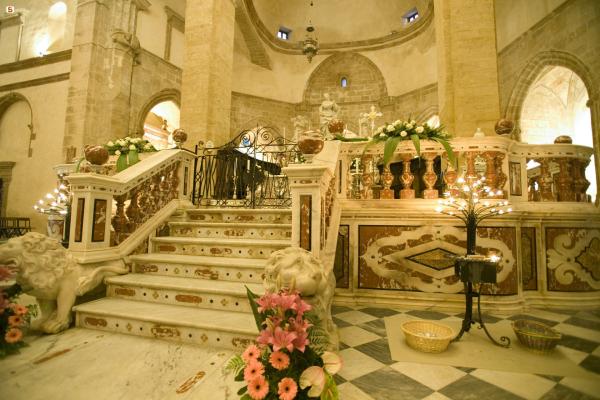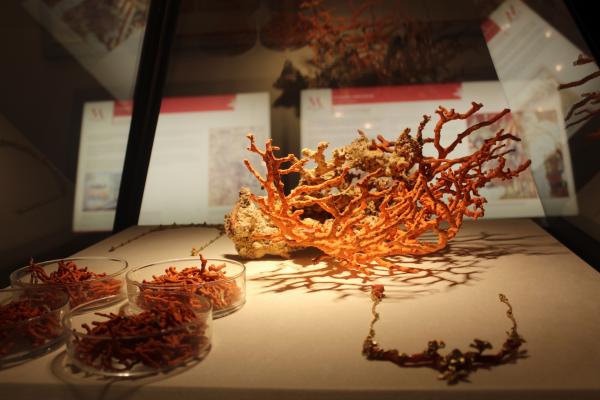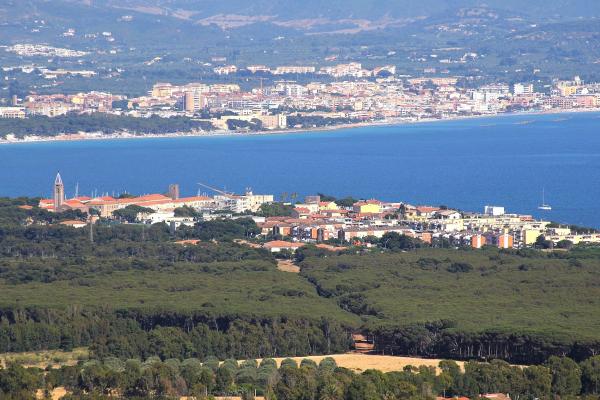It is the only one in Sardinia, and one of the very few in Italy, to have preserved its wooden supporting structure and, despite its distinctive external appearance, it fits perfectly into the urban fabric of Alghero. The Civic theatre, also known as the Gavino Ballero Theatre, looks out at the Catalan-style buildings in Piazza del Teatro, adjacent to the historic Palace of the Episcopal Curia. It is no coincidence that the local citizens call it plaça del bisbe, meaning ‘bishop’s square’. During the Middle Ages, the grain market was located here, as shown by traces of large silos found, during renovation work, in the rocky bank on which the theatre was built.

Historical building
This historic ‘cradle’ of entertainment in the Catalan city, in the north-west of Sardinia, experienced a series of changing events before returning to its role and its ancient splendour
This historic ‘cradle’ of entertainment in the Catalan city, in the north-west of Sardinia, experienced a series of changing events before returning to its role and its ancient splendour
See this place because...
It is living proof of the culture of Alghero in the 19th century and is worth visiting as part of a tour of the attractions in the historic centre, near the bastions overlooking the sea
Nearby
Come arrivare
Il Teatro civico si raggiunge immettendosi in via Principe Umberto, fino alla "Plaça del Bisbe" o piazza del Teatro. Il contesto ambientale "Plaça del Bisbe" significa "Piazza del Vescovo", poiché proprio sulla piazza che ospita il teatro prospetta il palazzo vescovile, ancora oggi sede della Curia.
Ti piace questo luogo? Alghero potrebbe essere la tua meta ideale.
You may also like
More attractions in the vicinity











